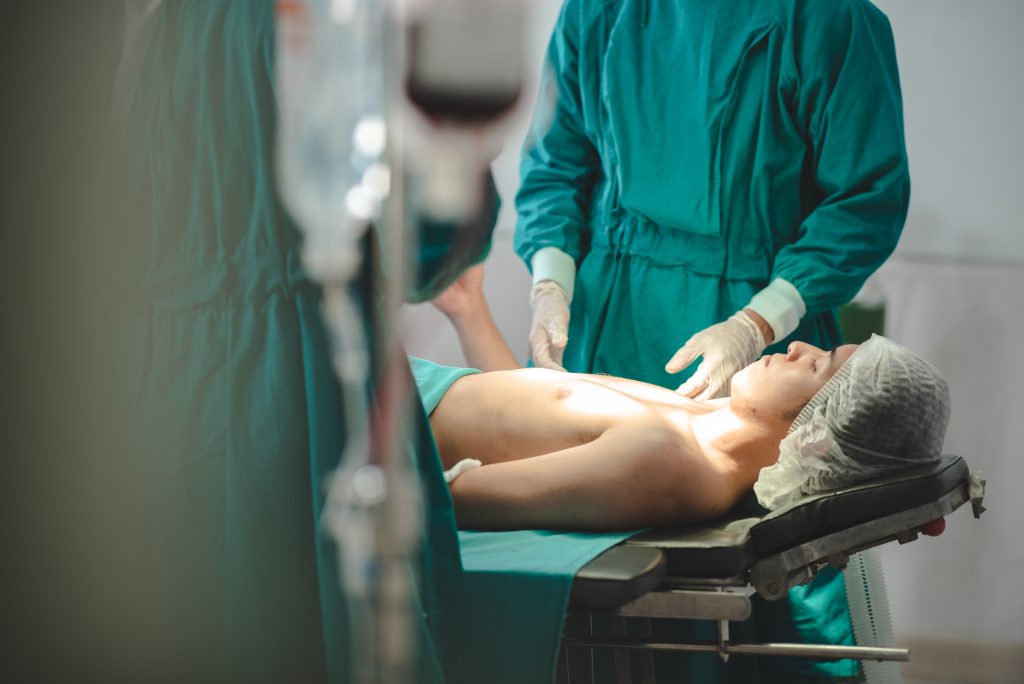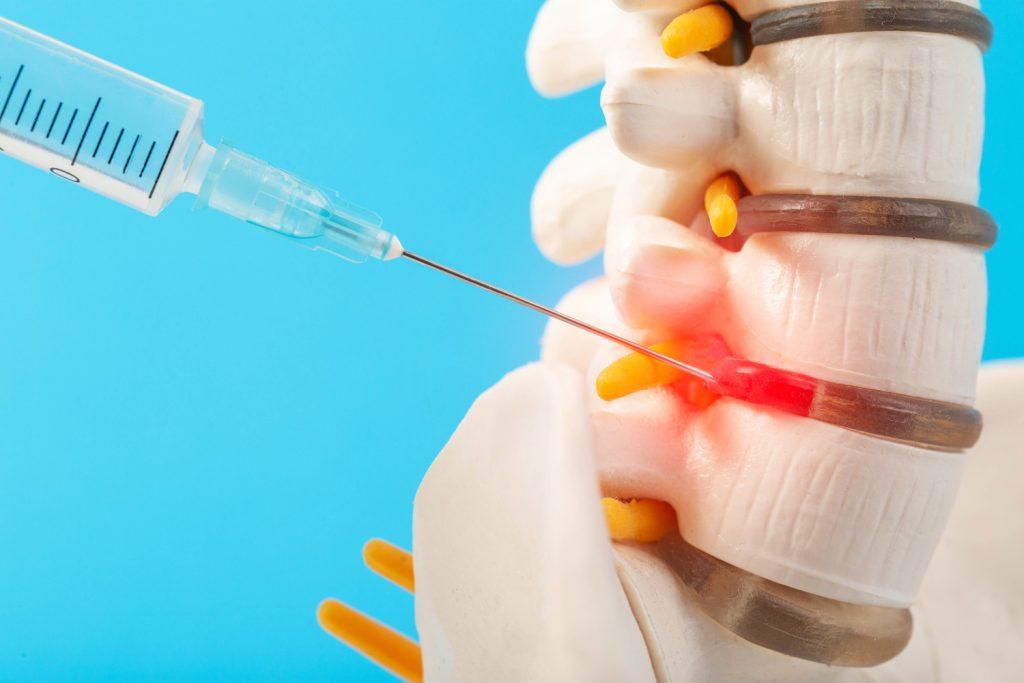Understanding a Rotator Cuff Repair and Subacromial Decompression Surgery

Shoulder pain symptoms after a personal injury can be frustrating. Aside from making your daily activities more difficult, they might also indicate more serious conditions. These include shoulder impingement, rotator cuff tears, and other similar medical issues.
People experiencing these shoulder problems may need to undergo shoulder surgery, such as rotator cuff repair and subacromial decompression surgery. Orthopedics conduct these surgeries to relieve pain and restore mobility.
If your doctor suggested one of these surgeries, then you need to know what to expect. In this blog, we will discuss the things involved in rotator cuff repair and subacromial decompression; what they are for, and if they can be combined.
What is a Rotator Cuff Repair?

A Rotator cuff repair is a surgical procedure for restoring the function of damaged shoulder tendons. Your muscles are connected to the shoulder joint by the rotator cuff, which consists of four tendons. These tendons stabilize the shoulder and allow smooth movement. However, if a rotator cuff tears; the shoulder joint and muscles would have restricted movement, become weak, and experience shoulder pain symptoms. A rotator cuff repair is needed to reattach torn tendons, reduce pain, and improve mobility.
How a Rotator Cuff Repair Works
There are different types of rotator cuff repair, which are performed with different techniques and tools. The first one is arthroscopy, which involves small incisions, a camera, and specialized medical tools. This surgery repairs the tear with minimal disruption to surrounding tissue.
Meanwhile, the mini-open repair is a surgical procedure that combines arthroscopic techniques with a small incision. It allows orthopedic surgeons to have direct access to the damaged area.
The open repair is another rotator cuff repair procedure. This traditional method involves a larger incision to fully expose your tendons. Compared to the first two, this one is more invasive.
What a Rotator Cuff Repair Treats
A rotator cuff repair usually treats rotator cuff tears, which are commonly caused by repetitive motion, aging, or injury. In cases where the tear extends to the cartilage in the shoulder socket, doctors may need to include labrum repair or SLAP repair. This surgery also treats limited range of motion, frequent discomfort, and shoulder weakness.
How Long is Recovery?
Full recovery from a rotator cuff repair usually takes around four to six months. In some cases, recovery takes longer depending on the severity of the injury. If you want to recover faster, you need to have enough rest, take prescribed medication, and have physical therapy. It will also help to use a sling to immobilize your shoulder during the initial healing.
What is Subacromial Decompression Surgery?

If you’re suffering from serious shoulder pain, you might need to undergo subacromial decompression surgery. This procedure is designed to create more space in the joint. When your tissues and tendons in the shoulder become compressed, making any movement will be harder and painful. If non-surgical treatments fail to solve this problem, your doctor might recommend having subacromial decompression surgery to reduce the pressure.
How Subacromial Decompression Surgery Works
Subacromial decompression surgery can be minimally invasive or invasive. There are two common methods for this procedure. The first one is arthroscopy. Just like in a rotator cuff repair, subacromial decompression arthroscopy—also known as acromioplasty—involves tiny incisions. Then the surgeon will insert a small camera and other medical tools needed to remove inflamed tissues. To reduce compression, they will also need to reshape the shoulder bone a bit.
The invasive method is called ORIF (open reduction and internal fixation). This procedure is conducted for severe cases where extensive structural repairs are required. Unlike acromioplasty, ORIF involves larger incisions for better access to the shoulder joint.
What Subacromial Decompression Surgery Treats
This surgical procedure is usually used to treat shoulder impingement, where tendons get pinched under the acromion bone. You can also have this surgery if you have a frozen shoulder with persistent stiffness despite treatments and physical therapy.
How Long is Recovery?
When you undergo this surgery, it will take four to 12 weeks for you to recover and experience pain relief. For more severe cases, full recovery could last several months. During the initial healing process, you may need a sling to support your shoulder. You also need to take pain medications to help control swelling and discomfort. When you start getting better, you can begin your physical therapy. Start with gentle and passive movements. Then gradually progress to more active strengthening exercises.
When Should You Combine a Rotator Cuff Repair and Subacromial Decompression Surgery?

If you’re dealing with complex orthopedic extremities issues, your doctor may suggest having both rotator cuff repair and subacromial decompression surgery. Combining these two procedures can give you a more complete solution. For example, this surgery approach can treat both tendon tears and shoulder impingement at the same time.
Benefits of Combining the Two
- Better outcomes by treating several issues
- Less pain and improved mobility after recovery
- Damaged tendons are repaired and compression is relieved at the same time
- Makes recovery faster compared to separate surgeries
- May allow you to return to daily and athletic activities
Risks and Complications
- Surgical complications, such as bleeding, infection, and nerve damage
- Port-surgical risks, such as stiffness, incomplete tendon healing, and persistent pain
- Frozen shoulder due to scar tissue build up
Important Considerations
Before you undergo both of the surgeries, you should consider many things. These include having diagnostic tests; such as MRIs or X-rays. You also need to have blood work. Aside from these, you also need to follow pre-surgery instructions, such as avoiding blood-thinning medications and arranging assistance for daily tasks that you can’t do after surgery.
Let SCOF Help You After An Accident
At Surgery Consultants of Florida, we can provide you with personalized care for your rotator cuff repair and subacromial decompression surgery after an accident. Our team has over 30 years of experience in orthopedic and musculoskeletal medicine. If you’re looking for compassionate treatment, trust us here at SCOF.
What You Get
Trusting us will get you specialized care for orthopedic extremities. These include shoulders, knees, and wrists. We can perform advanced procedures, such as arthroscopic surgeries, regenerative injection therapies, and minimally invasive procedures. For your recovery, we provide tailored treatment plans for your specific needs.
Why Trust Us
Our team is composed of well-trained surgeons and experienced medical professionals. We emphasize accurate diagnosis, effective treatments, and personalized rehabilitation. At SCOF, we also collaborate with physicians and attorneys to ensure seamless medical care and case management.If you’re ready to take the next step in your treatment and recovery, book an appointment with us today.
Warning: urlencode() expects parameter 1 to be string, array given in /www/wwwroot/surgeryconsultantsofflorida.com/wp-includes/formatting.php on line 5693
